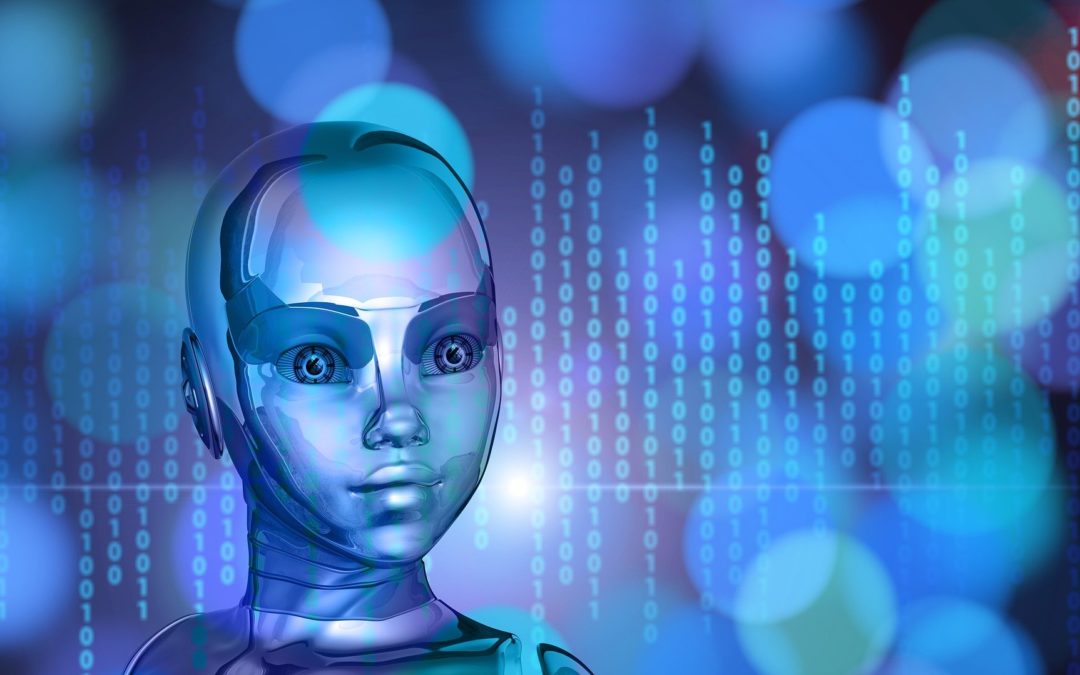Was Cybersecurity Really a Concern Before?
Today, cybersecurity has never been more in the spotlight — which is why we aim to raise awareness about digital risks.
Avec une 30,000% increase in attacks in 2020, one might ask: could we have been better prepared for cyber threats?This question leads to others:
Could we have protected ourselves more effectively? Were we sufficiently informed on the subject?
To answer these, let’s take a look back at 2017, to review some of the key issues that were already being discussed in the field of cybersecurity.
The Human Factor
In 2017, the human factor was already the primary point of focus. Educating employees about phishing, or other types of attacks such as CEO fraud or ransomware, was crucial.
Mistakes are human — but in the world of cybersecurity, even the smallest one can lead to a massive loss of data and revenue.
Protecting sensitive data remains essential. It’s important to distinguish such information from data that is already public.
Different Types of Attacks
Back in 2017, the number one cyber threat was already ransomware.
But what exactly is ransomware?
It’s a type of malicious software (malware) that infiltrates your information system — often through a phishing email — encrypting your data and blocking access to it. The attacker then demands a ransom, threatening to permanently delete or publicly release the stolen information. Paying the ransom, however, does not guarantee full recovery of the compromised data.
What’s the solution?
Backup solutions are the ultimate defense! This was already recommended in 2017 — and it still holds true today. Any company looking to strengthen its cybersecurity posture must first implement a reliable backup strategy. That’s why our partner Acronis offers a complete cyber protection solution, helping you avoid costly interruptions, dissatisfied clients, and revenue loss. Discover the solution!
Data Encryption
When transferring large files between colleagues — for example, a video — people often use tools like Dropbox, WeTransfer, or others. However, such transfers are not always confidential, and using cloud services can expose data to unauthorized access or malicious intent.
Even back then, users were encouraged to adopt digital certificates, which function much like an ID card, ensuring the authenticity and integrity of a message or transaction.
Remote Work
And finally, remote work — known back then as mobile work.
The issue was already relevant in 2017, mainly concerning employees who worked while traveling. Today, it applies to nearly everyone.
The challenge remains the same: securing the workstation of an employee outside company premises. Even before the recent global health crisis and the rise of remote work, awareness on this topic already existed four years earlier.
Let’s Talk About Your Security Needs


0 Comments